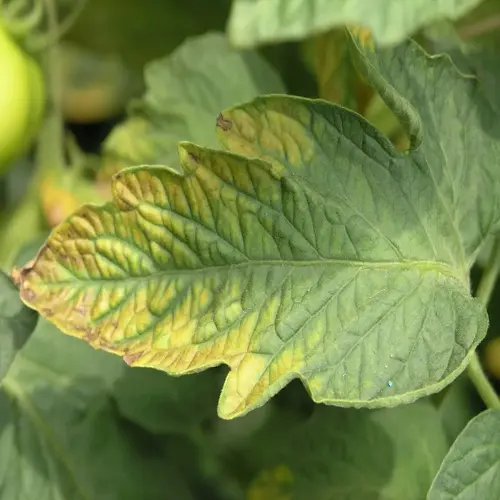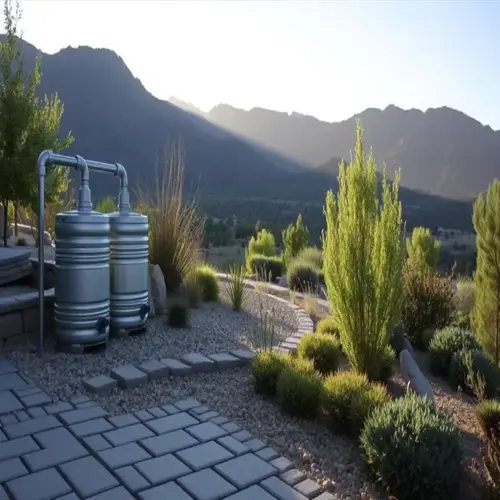How does Epsom salt affect roses?

Written by
Michael Sullivan
Reviewed by
Prof. Samuel Fitzgerald, Ph.D.Epsom salt (magnesium sulfate) is meant to address specific magnesium deficits in roses. It's often used to treat yellowing leaves and green veins, but it can cause calcium and potassium lockout if overused. I only use it for confirmed defects. Not for regular feeding; once you do a soil test and know exactly what you have deficient in.
Accurately identify genuine magnesium hunger. Symptoms begin with older leaves exhibiting chlorosis between veins, while the veins themselves remain green. Distinguishing from nitrogen deficiency, which shows in earlier age leaves and chlorosis overall, rather than between. Soil tests should help avoid damage to your roses before application.
Beneficial Uses
- Corrects confirmed magnesium deficiency symptoms
- Improves chlorophyll production in deficient plants
- Enhances nutrient uptake when soil pH is balanced
- Boosts bloom color intensity in starved roses
Risk Factors
- Causes calcium/potassium deficiencies with overuse
- Alters soil pH creating nutrient lockout zones
- Burns roots when applied to dry soil conditions
- Attracts pests if granules remain on leaf surfaces
Apply carefully to avoid harm. First, dissolve Epsom salt in warm water. Never pour the solution directly on the trunks of the trees; instead, pour the solution around the drip lines. Water thoroughly before applying Epsom salt to ensure correct application and prevent damaging the roots. Apply only when the morning temperature is below 75°F to help prevent leaf scorch.
Soil testing is a must! When magnesium is <50 ppm, you'd better treat it. Home test kits are useful, but laboratory testing is more accurate. I test every three years because magnesium is rarely depleted fast. Most roses provide enough magnesium with balanced fertilizers.
Consider using dolomite lime, as it adds magnesium and adjusts the pH as well. Sul-Po-Mag has potassium too. You may also consider using composted banana peels in your organic garden. The best part is that these products do not create salt buildup over time, unlike Epsom products.
Regional soil differences are significant. Sandy coastal soils leach magnesium more quickly, whereas clay soils hold it. My garden in Portland rarely needs supplementation, unlike the garden in Florida's sandy soils. Always test, rather than assume deficiency is present.
Read the full article: When to Fertilize Roses: Complete Guide

